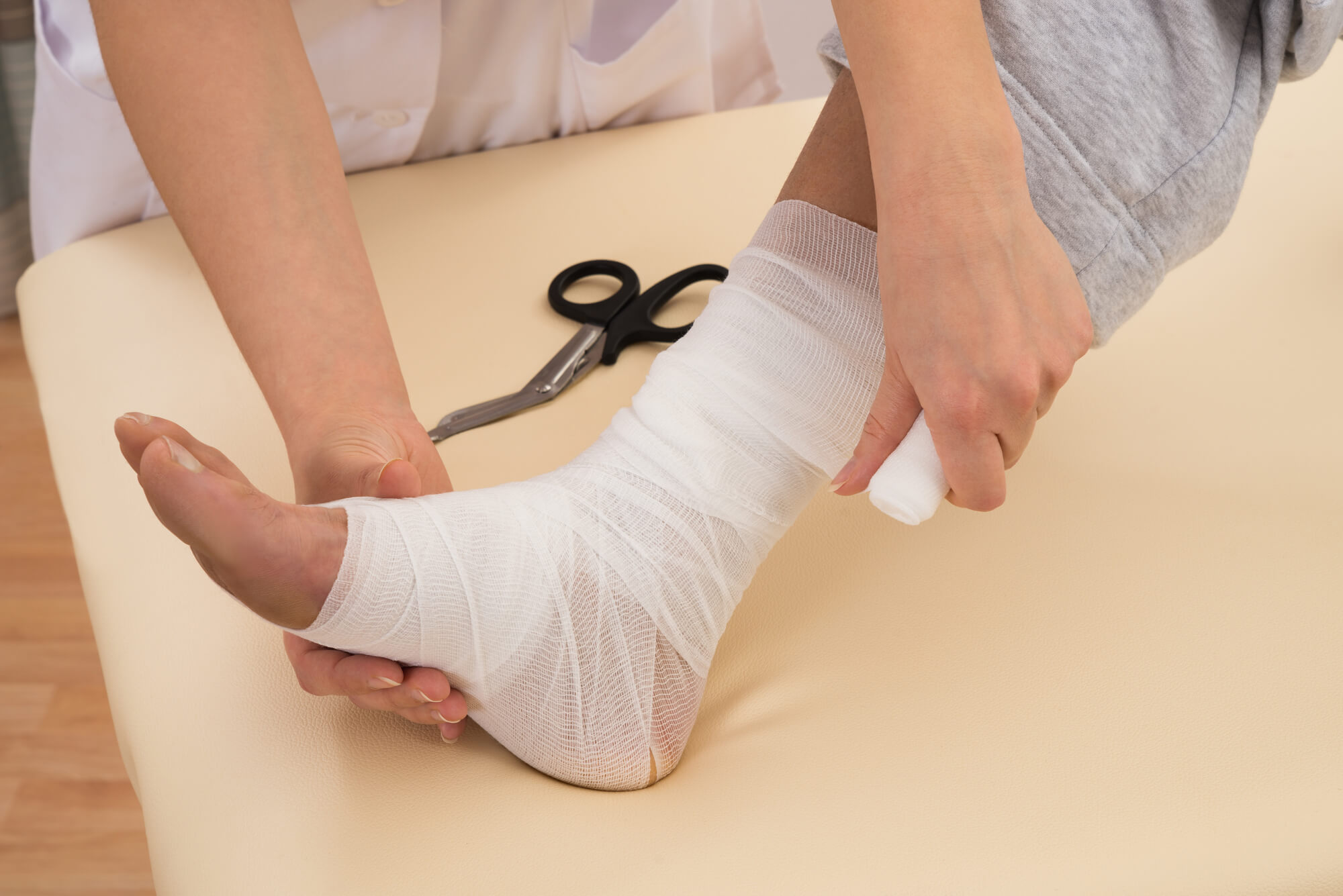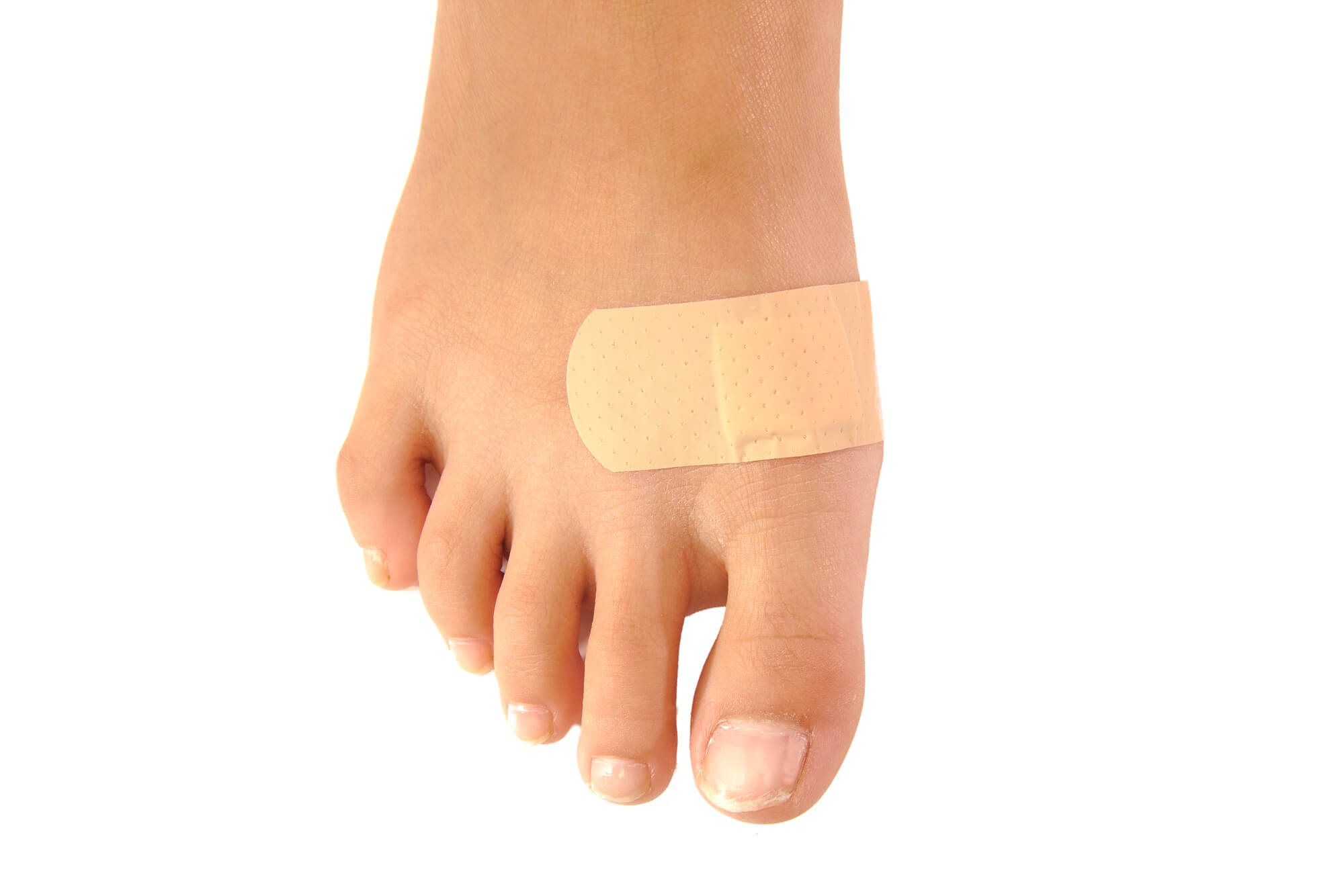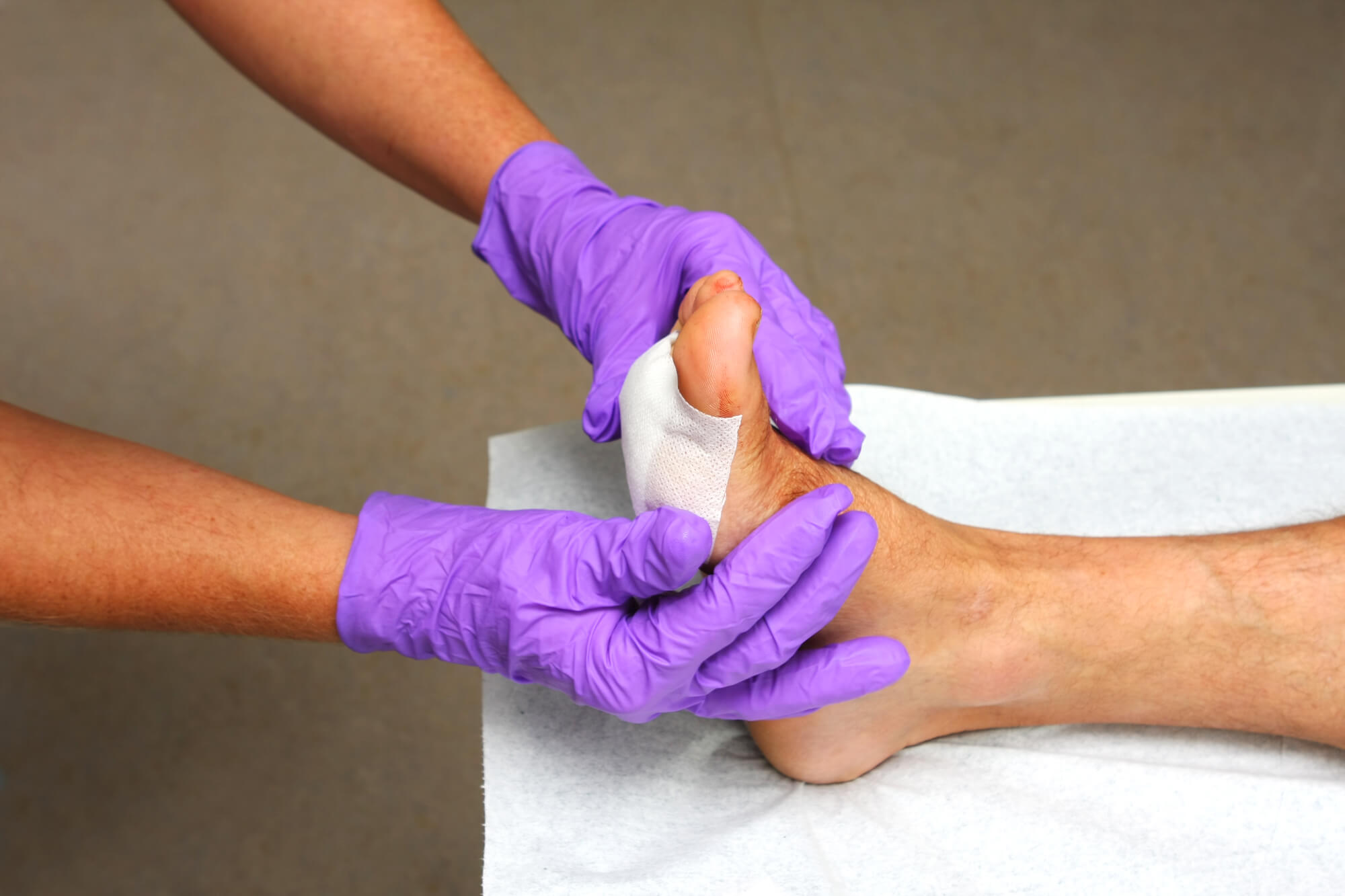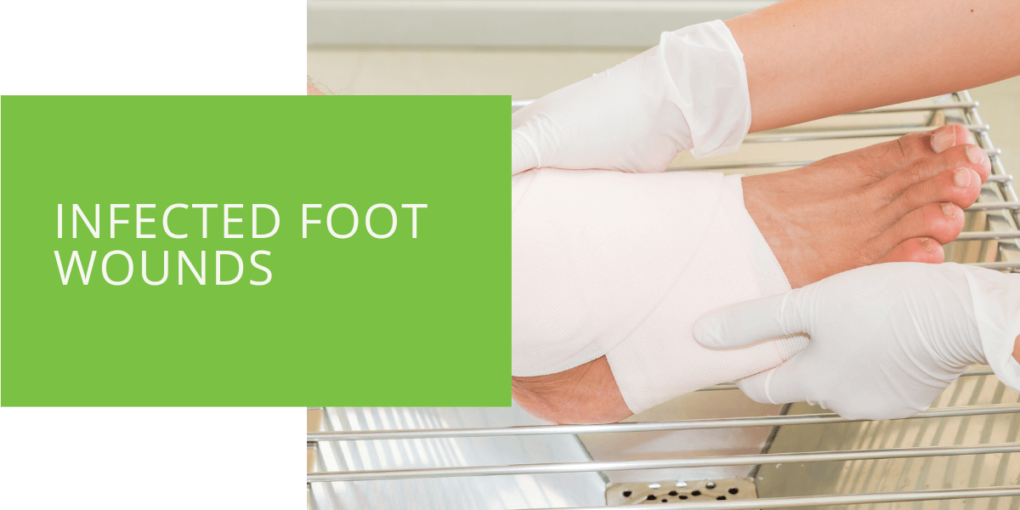Understanding and Treating Infected Foot Wounds
Foot infections can be painful and cause severe complications if left untreated. Whether caused by cuts, blisters, ingrown toenails, or fungal infections, knowing how to recognize and treat infected foot wounds is essential. This guide covers the common symptoms, risk factors, treatment options for foot infections, and prevention strategies. By learning about the various causes and treatments of infected foot wounds, this guide can help you maintain healthy and comfortable feet.
What is an Infected Foot Wound?
An infected foot wound is a wound that has become infected with bacteria or fungi. These infections can occur in any foot and ankle area, including the skin, toenails, and bones. Common symptoms include redness, swelling, warmth in the affected area, pain, oozing, pus, and an unpleasant odor.
How Do Foot Wounds Get Infected?
Foot wounds can become infected when bacteria or fungi enter the wound through a break in the skin. This can happen due to a cut, blister, or crack in the skin or from an ingrown toenail. People with diabetes and peripheral neuropathy are at a higher risk of developing foot infections, as they may not be able to feel a foot injury or notice a wound that is not healing properly.
Symptoms of an Infected Foot Wound
You should be aware of several common symptoms of an infected foot wound. These include:
- Redness and Swelling: Redness and swelling are common symptoms. The affected area may also feel warm to the touch.
- Pain and Discomfort: Foot infections can cause pain and discomfort in the affected area. The pain may be sharp or dull, making walking or standing difficult.
- Pus and Oozing: An infected wound may produce pus or other fluids that ooze from the wound. The pus may be green or yellow.
- Unpleasant Odor: A foot wound infection may produce an unpleasant odor, especially if it has been infected for a long time.

Risk Factors for Infected Foot Wounds
Several factors can increase your risk of developing a foot wound infection. These include:
Diabetes
People with diabetes are at a higher risk of developing foot infections. High blood sugar can damage the nerves in the feet and make it difficult to feel a foot injury or notice that it is not healing properly.
Peripheral Neuropathy
Peripheral neuropathy is a condition that affects the nerves in the feet and legs. People with peripheral neuropathy may not be able to feel a foot injury or notice that it is not healing properly.
Peripheral Arterial Disease
Peripheral arterial disease (PAD) is a condition that affects the blood vessels in the legs and feet. People with PAD may have poor foot circulation, making healing difficult.

Treatment of Infected Foot Wounds
If you suspect you have an infected foot wound, it's important to seek treatment immediately. Your podiatrist can diagnose a foot wound infection by examining the affected area and taking a sample of any pus or fluid present to determine the type of bacteria or fungus causing the infection. Treatment for foot wounds that have become infected typically involves a combination of cleaning and debridement, antibiotics, dressings, and in some cases, surgery.
Cleaning and Debridement
Cleaning and debridement involve removing dead or infected tissue from the wound to help promote healing. Your podiatrist may use a scalpel, scissors, or other tools to remove the infected tissue and debris from the wound. After cleaning the wound, your podiatrist will apply a sterile dressing to the area to protect it from further infection.
Antibiotics
Antibiotics are medications that are used to treat bacterial infections. Depending on the type of bacteria causing the infection, your podiatrist may prescribe oral or topical antibiotics to help clear up the infection. It's important to take the antibiotics as directed and to finish the entire course of medication, even if the infection appears to be improving.
Wound Dressings and Bandages
Wound dressings and bandages are used to protect it and promote healing. Your podiatrist may recommend using a specific type of dressing or bandage, depending on the size and location of the wound. It's important to keep the wound clean and dry and to change the dressing as directed to prevent further infection.
Surgical Intervention
Surgical intervention may sometimes be necessary to treat an infected foot wound. This may involve removing dead tissue, draining any abscesses that are present, or removing any bone that has become infected. Your podiatrist will discuss the options with you and recommend the best course of treatment based on the severity of the infection.

Preventing Infected Foot Wounds
There are several steps you can take to help prevent foot infections. These include:
Proper Foot Care
Proper foot care is essential for preventing foot infections. This includes washing your feet daily, keeping your toenails trimmed, and moisturizing your feet to prevent cracks in the skin.
Wearing Protective Footwear
Wearing protective footwear, such as shoes or boots, can help prevent foot injuries and infections. Choose footwear that fits well and provides adequate support and protection.
Managing Chronic Conditions
If you have diabetes or another chronic condition that puts you at risk for foot infections, it's important to manage it carefully. This may involve monitoring your blood sugar levels, taking medications as directed, and getting regular check-ups with your healthcare provider.
Conclusion
Infected foot wounds can be a serious complication of various foot injuries and conditions, including cuts, blisters, ingrown toenails, and fungal infections. If you suspect you have an infected foot wound, it's important to seek treatment immediately to prevent further complications. Your podiatrist can diagnose and treat foot infections and advise on how to prevent them in the future. You can keep your feet healthy and comfortable for years with proper care and attention.

